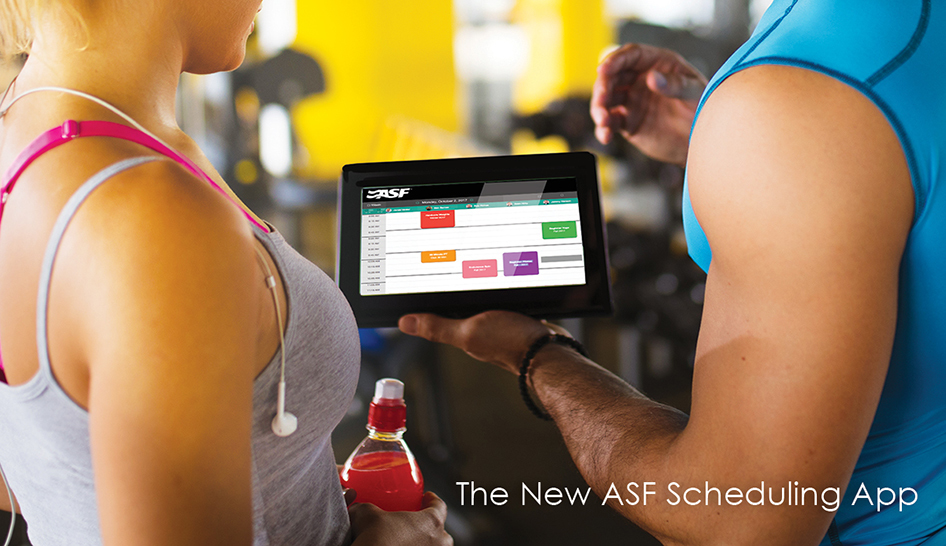Retention continues to be a significant issue for fitness facilities of all types.
A report by Dr. Paul Bedford, the Retention Guru, found that only 67% of health club members in the U.S. and Canada retain their memberships for at least 12 months. Other countries, like the U.K., have it worse, with just 52% of members maintaining their memberships for a year.
In all, the average health club has an annual attrition rate of 28.6%, according to IHRSA research. Your mileage may vary, as the saying goes. Reasons for poor retention can be blamed on regional factors and wider industry trends, but most causes of attrition are based in human nature. Consumer habits change, but people are people. Engagement matters.
Many club owners are realizing how important it is to create a human connection with their members. IHRSA data backs that up. One IHRSA report found that members at risk of cancelling who received a “successful commitment interaction” were 45% less likely to cancel in the subsequent month than those who didn’t have an interaction.
So, how do you build and maintain a connection with members? And how do you know who needs your attention?


